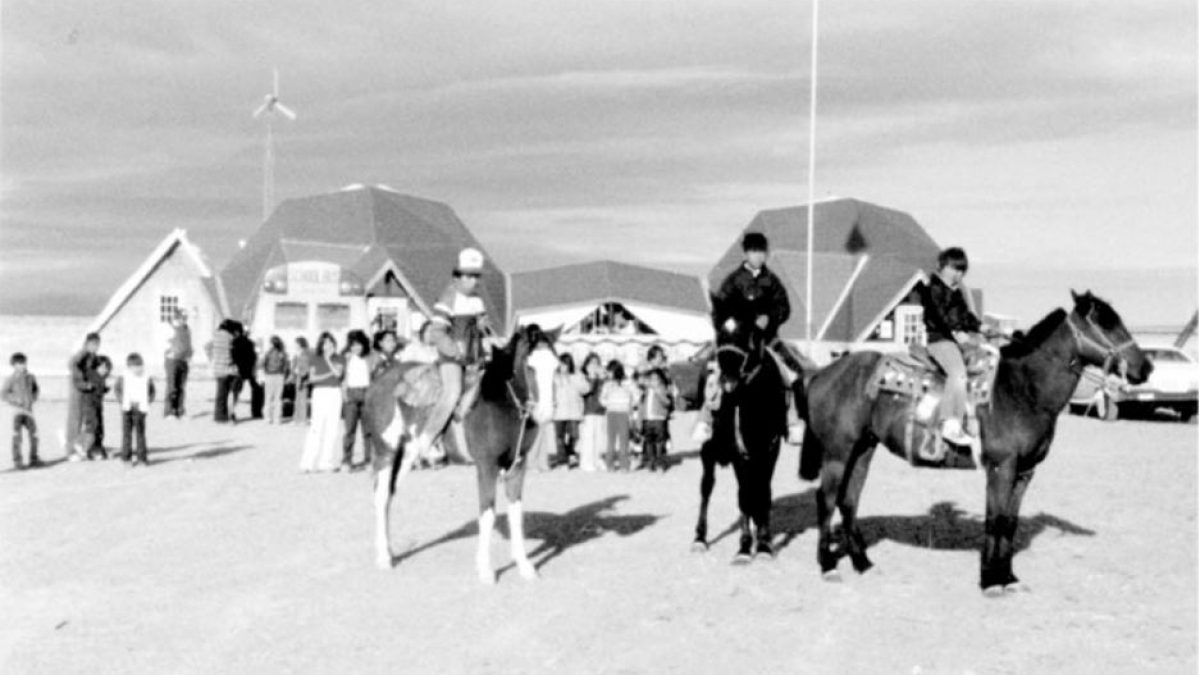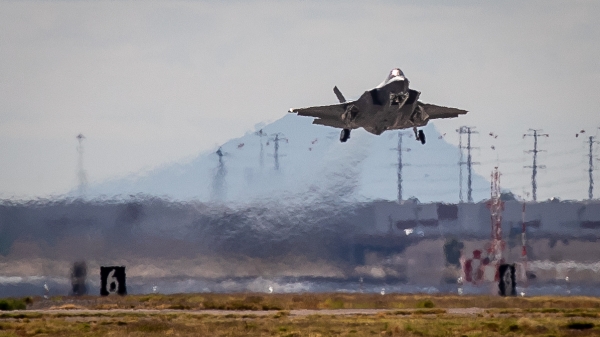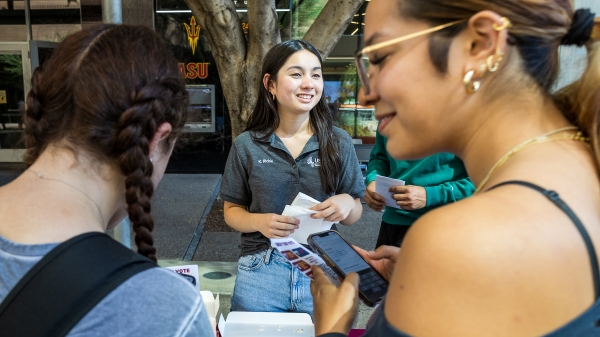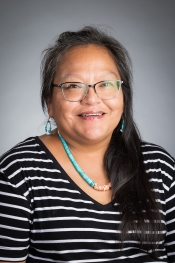Diné archaeologist publishes essay about Navajo community school

Three Little Singer School students chose to ride their horses to school instead of the school bus as other students look on, circa 1979. Photo courtesy Anita Ryan
Before the community of Birdsprings, Arizona, built the Little Singer School, Navajo children living in the settlement had to travel many miles from home to attend federal Indian boarding schools.
Children as young as 6 years old would be away from their families for months at a time, says Davina Two Bears.
Two Bears, a Presidential Postdoctoral Scholar at ASU's School of Human Evolution and Social Change, was one of the first students at the Little Singer School. In a new essay, she describes the history of federal Indian boarding schools, Navajo education and the creation of the Little Singer School.
“It was at Little Singer School that I learned to read and write the Navajo language,” Two Bears said. “I learned so much about Navajo culture and language, and about my identity, at Little Singer School. I wanted to tell the story of the school’s early history, because this school and its history is unique.”
Her essay, “An Early History of Hataałí Yázhí Bi'Ołta (Little Singer School),” was recently published in the Journal of Arizona History.
ASU News talked with Two Bears about her recent work.
Editor's note: Answers have been edited lightly for length and clarity.
Question: What led you to start researching the Little Singer School?
Answer: I always wanted to document the school’s unique history, especially since my stepfather, Tom Ryan, secured funding, designed and built the school at the request of his Navajo friends from the Birdsprings community. I was one of the first students to attend Little Singer School, or Hataałí Yázhí Bi'Ołta, when it first opened in the fall of 1979. It was a very special time in my life to be able to go to school in my Navajo community of Birdsprings, amongst my relatives, where all the students were Navajo and my teacher was my mother, Anita Ryan.
It was one of the first community schools that opened in the 1970s on the Navajo reservation for the purpose of bringing children home from federal Indian boarding schools, where the Navajo community had control and insisted that the language and culture were a part of the curriculum. Significantly, Little Singer School was also one of the first, if not the first, school on the Navajo reservation to use sustainable energy — solar energy and wind generators — for electricity.
Q: What were federal Indian boarding schools? And why was it important for the people of Birdsprings to bring their children home?
A: Federal Indian boarding schools were a result of the U.S. government’s assimilation policy for Native Americans in the late 19th and 20th centuries. Native American children were separated from their parents and placed in the schools across the United States. Children were not allowed to go home for nine months out of the year, sometimes even longer, and not allowed to speak their Indigenous languages, and if they did, they were severely punished. Rather, they were given a vocational education in a militaristic environment, which prepared them for jobs in the laboring class.
The history of federal Indian boarding schools is not widely known or taught; however, with the recent media attention of the discovery of unmarked graves of First Nations children at Indian residential schools in Canada, there has been greater interest in the history of federal Indian boarding schools here in the United States. So as you can see, it was important for the Birdsprings community and other tribes to bring their children home from federal Indian boarding schools because they were places of trauma and cultural genocide for Native American families and children, which have lasting impacts today.
Q: You dive into the history of the Rough Rock Demonstration School and national Indian education organizations in this paper. Is there anything you learned that surprised you?
A: I think what was surprising, or something that I learned, was that Rough Rock was the first community on the Navajo reservation that instigated the idea of a Diné community school or developing a school that was community operated and controlled, and most importantly, that would teach the Diné language and culture as part of the core curriculum, which was unheard of at the time.
Q: Little Singer School was likely the first sustainable school in the country. Why do you think more attention hasn’t been given to this piece of history?
A: I think that the history of marginalized groups is often not told. One of the main reasons I went back to school to pursue my PhD in anthropology and archaeology as a nontraditional student later in life was because I wanted to tell these stories of my people — the Diné. I am now in a position in my career to research and write about the history of the Diné people from a Diné perspective. Many other Native Americans scholars and researchers in academia and other fields are doing the same.
Q: What was it like to interview your mother for this research project?
A: Anita Ryan is my mother, and I love her and I love spending time with her. She is a wise woman who I highly respect and she is a knowledge keeper. Her memory of the past and Navajo culture is extensive, and I rely on her knowledge for my research needs.
I hope to write a book about Little Singer School in the near future. For more information on Native Americans and federal Indian boarding schools, you can visit The National Native American Boarding School Healing Coalition.
More Local, national and global affairs

ASU creates pathways to public service careers for military students
The School of Public Affairs at Arizona State University is making careers in public service easier to access for military students.Next year, the school will start holding graduate courses on site…

Minting community leaders and stellar citizens: ASU’s Public Service Academy approaches 10-year milestone
Airports that are easier to navigate.Health care that is simple to access.Helping underrepresented youth reach college.These are realities that alumni of Arizona State University’s Public Service…

'War Game' documentary highlights threats of extremism to national security
The riots at the U.S. Capitol on Jan. 6, 2021, were a wake-up call that political divisiveness can turn violent, threatening the peaceful transition of power.Two filmmakers took that real-life…
